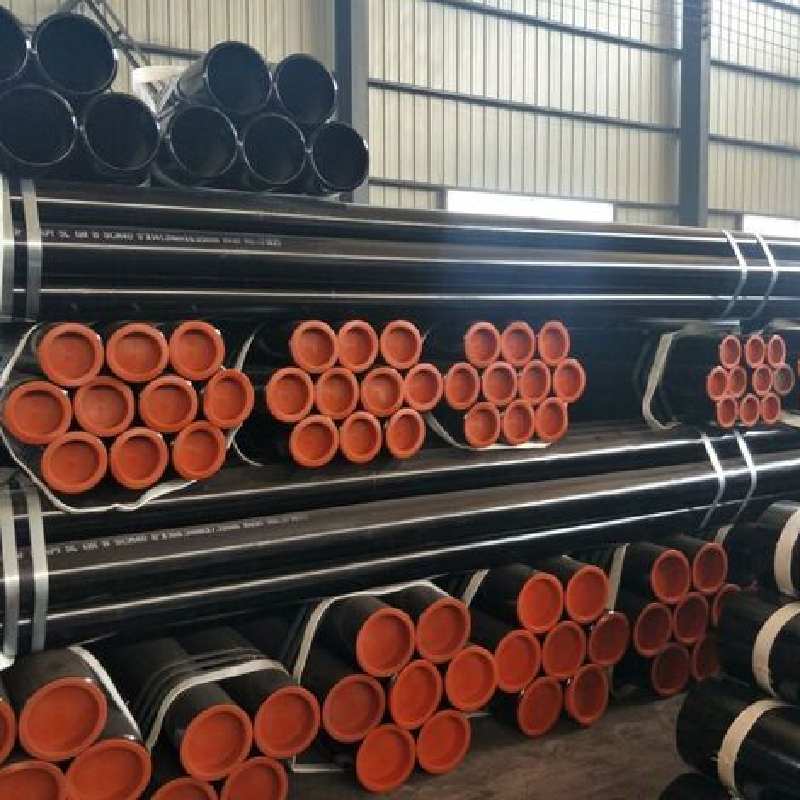-
Cangzhou Yulong Steel Co., Ltd.
-
Phone:
+86 13303177267 -
Email:
admin@ylsteelfittings.com
- English
- Arabic
- Italian
- Spanish
- Portuguese
- German
- kazakh
- Persian
- Greek
- French
- Russian
- Polish
- Thai
- Indonesian
- Vietnamese
- Zulu
- Korean
- Uzbek
- Hindi
- Serbian
- Malay
- Ukrainian
- Gujarati
- Haitian Creole
- hausa
- hawaiian
- Hebrew
- Miao
- Hungarian
- Icelandic
- igbo
- irish
- Japanese
- Javanese
- Kannada
- Khmer
- Rwandese
- Afrikaans
- Albanian
- Amharic
- Armenian
- Azerbaijani
- Basque
- Belarusian
- Bengali
- Bosnian
- Bulgarian
- Catalan
- Cebuano
- China
- China (Taiwan)
- Corsican
- Croatian
- Czech
- Danish
- Esperanto
- Estonian
- Finnish
- Frisian
- Galician
- Georgian
- Kurdish
- Kyrgyz
- Lao
- Latin
- Latvian
- Lithuanian
- Luxembourgish
- Macedonian
- Malgashi
- Malayalam
- Maltese
- Maori
- Marathi
- Mongolian
- Myanmar
- Nepali
- Norwegian
- Norwegian
- Occitan
- Pashto
- Dutch
- Punjabi
- Romanian
- Samoan
- Scottish Gaelic
- Sesotho
- Shona
- Sindhi
- Sinhala
- Slovak
- Slovenian
- Somali
- Sundanese
- Swahili
- Swedish
- Tagalog
- Tajik
- Tamil
- Tatar
- Telugu
- Turkish
- Turkmen
- Urdu
- Uighur
- Welsh
- Bantu
- Yiddish
- Yoruba

Nov . 02, 2024 23:45 Back to list
seamless pipe dimension
Understanding Seamless Pipe Dimensions
Seamless pipes are widely used across various industries due to their increased strength and resistance to pressure. The absence of seams in these pipes makes them less susceptible to leaks and other failures that can arise in welded pipes. To ensure that seamless pipes meet specific needs in applications such as oil and gas, construction, and manufacturing, understanding their dimensions is crucial.
Seamless pipes are defined by several key dimensions the outer diameter (OD), wall thickness, and length. The outer diameter is vital because it determines the pipe's fit within a system or structure. It is typically measured in inches or millimeters and can range widely depending on the application, from small piping in residential plumbing to large-scale industrial applications.
Understanding Seamless Pipe Dimensions
Another essential dimension is the length of the seamless pipe. Standard lengths can vary, but common options include 20 and 40 feet. However, custom lengths can be ordered based on specific project requirements, ensuring flexibility and adaptability to meet unique operational needs.
seamless pipe dimension

Furthermore, seamless pipes come in various schedules that indicate the wall thickness relative to the outer diameter. Schedule 40 and Schedule 80 are commonly used designations, with Schedule 80 indicating a thicker wall compared to Schedule 40. This classification helps engineers and contractors select the right pipe based on the required pressure and temperature ratings.
In addition to these primary dimensions, the material composition of seamless pipes also plays a crucial role. Common materials include carbon steel, stainless steel, and alloy steel, each offering different mechanical properties and resistance to corrosion. The choice of material, combined with the specified dimensions, ensures that the seamless pipe can perform effectively in its intended application.
When selecting seamless pipes, it is essential to consider the specific requirements of the project, including pressure ratings, temperature variations, and environmental factors. Consulting with manufacturers or industry experts can provide crucial insights into the appropriate dimensions and materials needed for optimal performance.
In summary, the dimensions of seamless pipes are foundational to their functionality and safety in various applications. Their design and specifications not only impact their performance but also ensure compliance with industry standards, making them a reliable choice for engineers and contractors alike.
Latest news
-
ANSI 150P SS304 SO FLANGE
NewsFeb.14,2025
-
ASTM A333GR6 STEEL PIPE
NewsJan.20,2025
-
ANSI B16.5 WELDING NECK FLANGE
NewsJan.15,2026
-
ANSI B16.5 SLIP-ON FLANGE
NewsApr.19,2024
-
SABS 1123 FLANGE
NewsJan.15,2025
-
DIN86044 PLATE FLANGE
NewsApr.19,2024
-
DIN2527 BLIND FLANGE
NewsApr.12,2024
-
JIS B2311 Butt-Welding Fittings LR/SR 45°/90° /180°Seamless/Weld
NewsApr.23,2024











